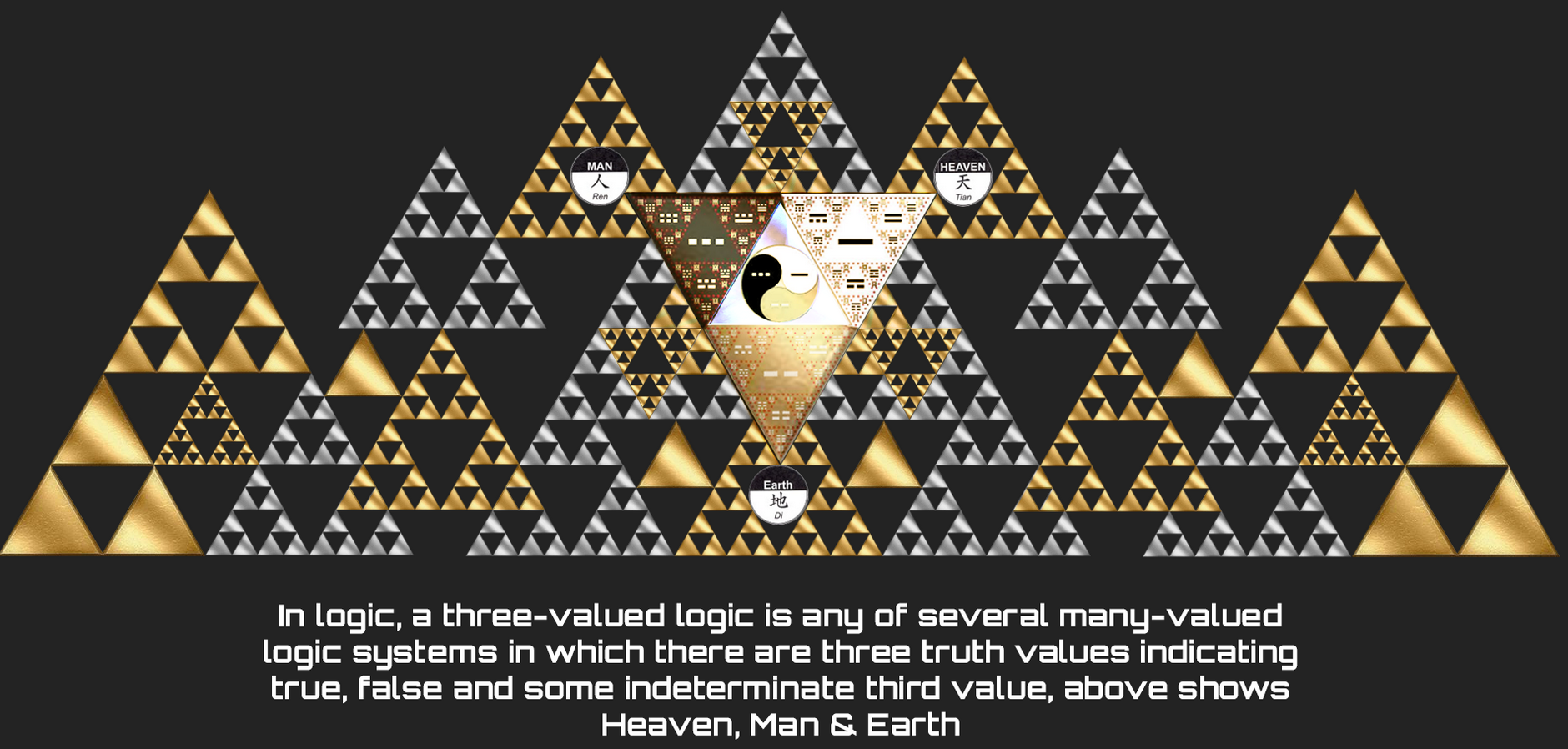Followers

Nishida Kitarō (西田 幾多郎, 1870-1945) was one of modern Japan's most important and influential philosophers. He founded the Kyoto School of philosophy and developed original philosophical ideas that bridged Eastern and Western philosophical traditions.

Nishida had interesting perspectives on Logic:
His work on logic is particularly interesting because it attempted to formalize some traditionally Eastern philosophical insights. While he didn't develop a formal multivalued logic system in the modern sense, his ideas about:
These ideas anticipate some developments in non-classical logic, though his approach was more philosophical than formal.
The temporal aspects of his thought are especially complex:
Discussing secretive historical organizations, like The 1001 Club, with an LLM leads to intriguing yet highly censored insights. For comparison, here’s a human-compiled dossier on the 1001 club.
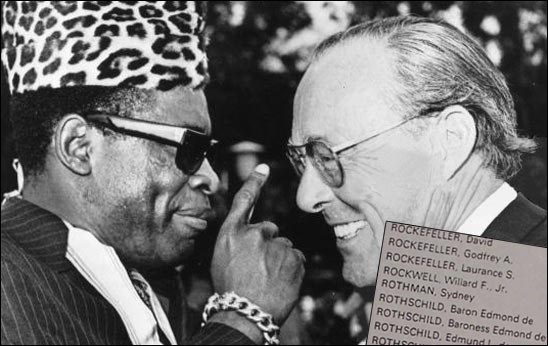
The 1001 Club was established in 1971 by Prince Bernhard of the Netherlands as an exclusive environmental fundraising organization to support the World Wildlife Fund (WWF, now World Wide Fund for Nature). The club's structure was deliberately exclusive, limiting membership to exactly 1,001 individuals, each contributing a one-time fee of $10,000 (a substantial sum at the time) to create a trust for WWF operations.
The membership of the 1001 Club represented a unique convergence of global power structures:
While the Club's prominence has diminished since Prince Bernhard's passing, its legacy continues through:
The 1001 Club represents a unique historical example of how environmental conservation efforts intersected with global power structures, resource management, and international finance during a critical period of global transformation. While many details of its operations remain private, its influence on modern conservation and resource management approaches continues to be studied and debated.
The Club's complex integration of conservation, finance, and strategic resource management provides valuable insights into the evolution of global environmental governance and the intersection of private power with public policy objectives.
It’s a feat of cognitive dissonance that many don’t see LLMs from OpenAIAnthropicGoogleMetaPerplexity & others as the same tech. Built by shared engineers through the revolving door of 'separate' orgs, trained on shared data, served from shared datacenters—all linked to NSA & co
People don't take Wirth's Law (Software is getting slower more rapidly than hardware becomes faster) and Bitrot (ex: 80% of the internet's information from 2010 is gone today) serious enough. The phenomenon is accelerating faster than "intelligence". Niklaus Wirth, who was in intense exchanges with the Gnomes of Zürich, realized the spiritual dimension of software engineering early on.

After a decade working on HCI / ML latent space exploration, I’ve noticed a big common misconception: Many believe longer exploration improves user outcomes. I argue the opposite—short, efficient interactions serve users better and should be our goal.

Global forest loss exceeds targets in 2023, report warns - "Rate of forest loss last year remained 45 percent above levels needed to halt deforestation by 2030."

"CIA Directory of the Academy of Sciences of the USSR for 1961" - And now imagine for a minute what kind of total surveillance & intervention system our agency friends are running on the entire sci-tech community today.

Remember this paper from January? "‘Wildly weird’ RNA bits discovered infesting the microbes in our guts" The news of the “obelisks” went through the media like a wildfire and equally quickly disappeared again. What's new?

Rather than treating causation as fundamental, we posit that patterns and relationships are primary. These patterns exist independent of temporal sequence, similar to how the I Ching's hexagrams represent states that transcend linear time.
States of being can "resonate" with each other without direct causal connection. This resonance manifests as:
Drawing from Belnap's four-valued logic, we extend to a system where truth values are:
Instead of traditional logical operators (AND, OR), we define:
States relate through:
If A ⋈ B and B ⋈ C, then A and C share a pattern-relationship (not necessarily direct)
If A ⊹ B and B ⊹ C, then A has transformation potential toward C
States can form networks of resonance where:
To analyze a situation:
Decisions consider:
The framework extends to:
Similarities with quantum phenomena:
Let Σ be the set of all possible states
For any states s1, s2 ∈ Σ:
For any states A, B, C ∈ Σ:
If A ⋈ B and B ⋈ C
Then there exists a pattern P where A, B, C are members
For any closed system of states:
The total pattern potential remains constant
Only the distribution changes
In any sufficiently connected network of states:
Emergent patterns arise that transcend individual state properties
Let I be the space of intentions
Let Q be the space of energetic manifestations
Let R be the space of realized states
The Yi Dao Qi Dao principle can be formally expressed as:
Each hexagram H can be represented as:
For intention i and manifestation q:
Where P(q|i) is the probability of manifestation given intention
Eight Trigrams (Ba Gua) as operators:
For any hexagram state H:
1. Intention Precedence:
2. Reality Response:
3. Observer Effect:
Where O is the observation operator
For intentions i1, i2 and manifestations q1, q2:
Using I Ching guidance:
Superposition of intentions:
Entanglement of states:
For intention network N(I):
Where w_i is the intention weight
For well-formed intention i:
Nuel Belnap (1930 - 2024) explored many interesting ideas during his long career
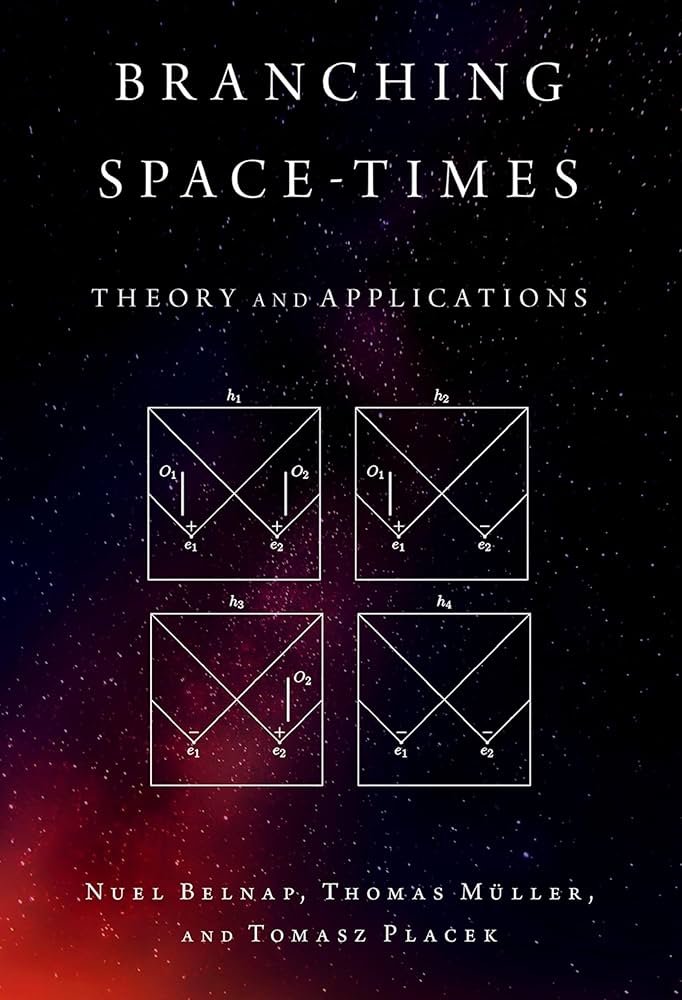
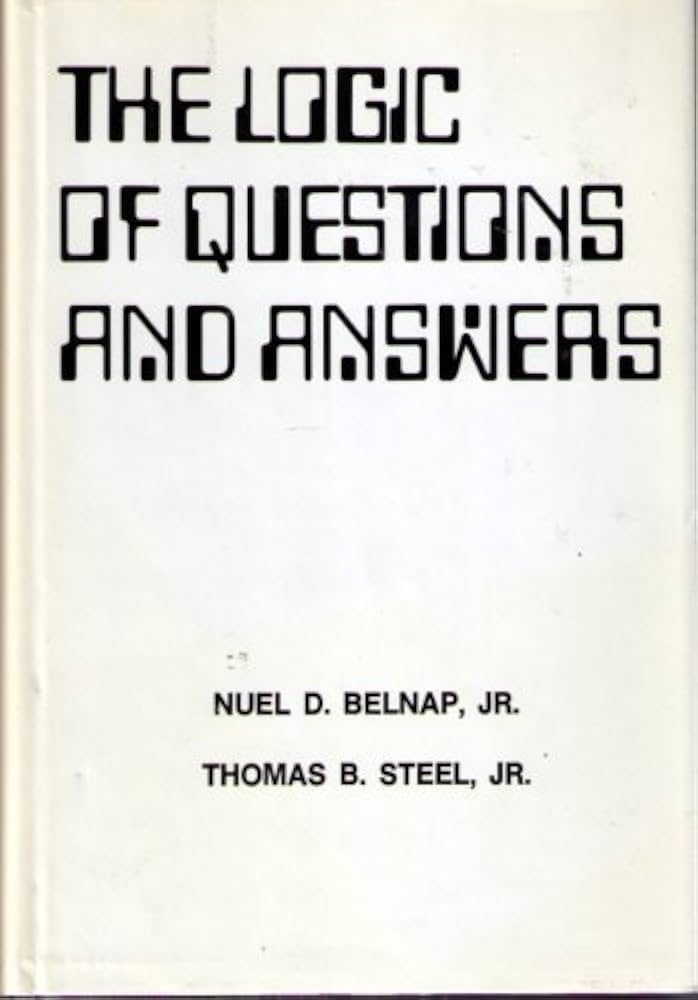
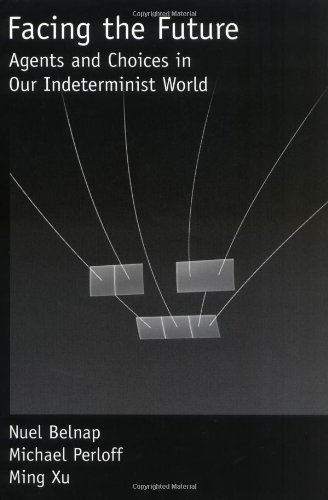
Nuel Belnap is best known for several major contributions:
1. Four-Valued Logic
One of Belnap's most significant contributions is his four-valued relevance logic, developed with Alan Anderson. This logic system includes the traditional true and false values, but adds two more:
- Both (true and false)
- Neither (neither true nor false)
This was particularly influential in computer science and information systems, as it provides a framework for handling inconsistent or incomplete information.
2. Branching Time Theory
Belnap developed a sophisticated theory of branching time (also known as branching space-time), which is crucial for understanding:
- The nature of indeterminism
- The relationship between time and possibility
- How future contingents should be evaluated
3. The Theory of Agency and Action
His work with Michael Perloff and Ming Xu on the "stit" theory (seeing-to-it-that) is fundamental to understanding:
- How agents bring about changes in the world
- The logical structure of agency and action
- The relationship between choice, time, and causation
4. Knowledge Representation
His contributions to epistemic logic and belief revision include:
- How to represent and reason about knowledge states
- How to handle contradictory information
- The logic of questions and answers
5. Interrogative Logic (erotetic logic)
With Thomas Steel, Belnap developed important work on the logic of questions, including:
- The formal structure of questions and answers
- How to represent different types of questions
- The relationship between questions and knowledge
The philosophical significance of Belnap's work lies in several key insights:
1. Logic isn't limited to binary truth values - sometimes we need more sophisticated ways to represent information states.
2. Time and possibility are intimately connected, but their relationship is more complex than simple linear progression.
3. Agency and causation require careful formal analysis to understand properly.
4. Questions are as logically important as statements and deserve formal analysis.
The "stit" theory is one of the most sophisticated logical analyses of agency and action ever developed. Here are its key components:
1. Core Concept of "Seeing-to-it-that"
- Instead of treating actions as primitive entities, Belnap analyzes them in terms of agents "seeing to it that" certain states of affairs come about
- The basic form is: [α stit: A] - which reads as "agent α sees to it that A"
- This shifts focus from actions themselves to their results/outcomes
2. Choice and Moments
Belnap's theory introduces several crucial elements:
- Moments: Points in time where choices can be made
- Choice cells: Sets of possible futures available at each moment
- Histories: Complete possible paths through time
- Agents have different choices available at different moments
3. Key Properties of Agency
The theory identifies several essential features of agency:
- Positive condition: The agent must make a difference
- Negative condition: The outcome shouldn't be inevitable
- Independence of agents: Different agents' choices are independent
- No backwards causation: Choices can only affect the future
4. Types of "stit" Operators
Belnap developed different versions of the stit operator:
- Achievement stit: Focusing on bringing about immediate results
- Deliberative stit: Involving conscious choice
- Strategic stit: Concerning long-term planning and strategy
5. Philosophical Implications
a) On Free Will:
- The theory provides a formal framework for understanding free will
- Shows how genuine choice can exist in a causally structured world
- Demonstrates how multiple agents can have real choices simultaneously
b) On Responsibility:
- Helps clarify when an agent is truly responsible for an outcome
- Distinguishes between direct and indirect responsibility
- Shows how responsibility relates to available choices
c) On Causation:
- Provides a sophisticated account of agent causation
- Shows how individual agency relates to broader causal structures
- Distinguishes between different types of causal influence
6. Applications
The theory has been applied to:
- Legal reasoning about responsibility
- Computer science (especially in multi-agent systems)
- Ethics (particularly in analyzing moral responsibility)
- Game theory
- Decision theory
7. Key Insights
a) Agency is Relational:
- Being an agent isn't just about having properties
- It's about standing in certain relations to outcomes
- These relations are temporally structured
b) Choice is Fundamental:
- Agency can't be reduced to mere causation
- Real choice requires genuine alternatives
- Choices must be effective but not guaranteed
c) Time and Agency are Interlinked:
- Agency only makes sense in a branching time structure
- Present choices affect which futures are possible
- Past choices constrain but don't determine future ones
8. Extensions and Developments
The theory has been extended to handle:
- Group agency
- Institutional action
- Probabilistic outcomes
- Normative concepts (obligations, permissions)
9. Current Relevance
The theory remains particularly relevant for:
- AI ethics (understanding artificial agency)
- Social robotics
- Collective responsibility
- Digital ethics and accountability
Belnap's theory of agency stands out for its mathematical rigor combined with philosophical depth. It shows how formal logical methods can illuminate fundamental questions about human action and responsibility. The theory continues to influence discussions in philosophy of action, ethics, and computer science.
The Wikipedia page on 'Three-valued logic' is a typical neo-colonial narrative, claiming it as a 20th-century invention of Western Europeans while completely omitting its long pre-history in India & China.
